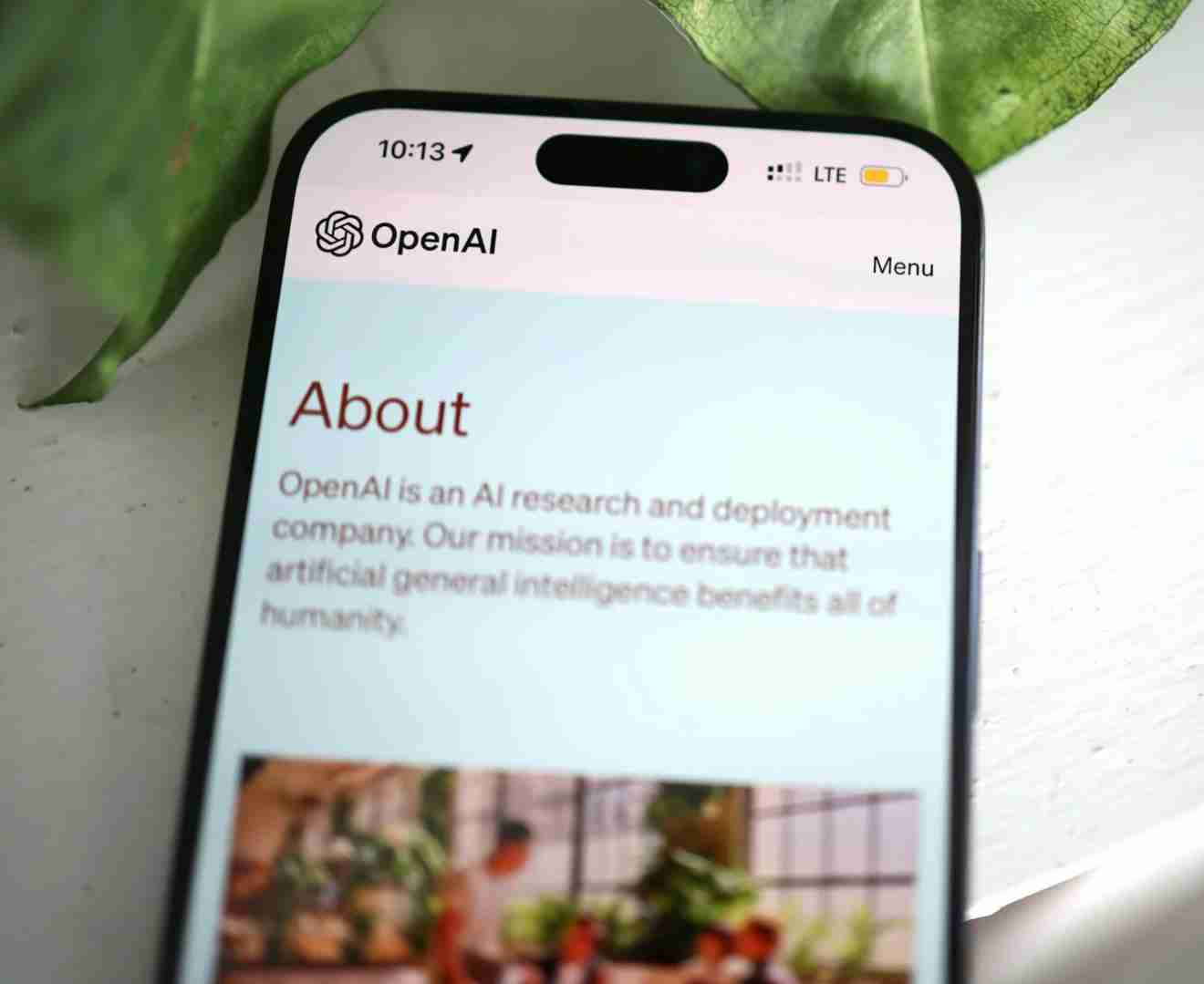Training ChatGPT with your data unlocks a realm of customization and personalization. Although pre-trained models boast impressive capabilities, fine-tuning ChatGPT with domain-specific or use case-specific data can notably amplify its performance. By tailoring the model to your unique requirements, you can ensure more accurate responses and a heightened user experience, aligning ChatGPT seamlessly with the intricacies of your domain or application.
If you’re wondering how to train ChatGPT on your own data, you’re in the right place. This article will explore the effective methods for achieving this.
Curating Relevant Data
The first step in training ChatGPT with your own data is to curate a dataset that is relevant to your desired application or domain. This dataset should consist of text samples that reflect the language, topics, and context that you want ChatGPT to understand and generate responses for. Whether it’s customer support conversations, product reviews, or industry-specific documents, compiling a diverse and representative dataset is key to training a model that meets your needs.
Preparing the Data
Once you have gathered your dataset, the next step is to preprocess and format the data for training. This may involve cleaning the text, removing duplicates, tokenizing sentences, and splitting the dataset into training, validation, and test sets. Proper data preparation ensures the model receives clean and consistent input during training, which is essential for producing accurate and coherent responses.
Implementing Data Augmentation
Data augmentation is another useful strategy for enriching your training dataset and improving the robustness of ChatGPT. You can generate additional training samples from your existing data by applying paraphrasing, backtranslation, or adding noise to the text. This helps expose ChatGPT to a wider range of linguistic variations and scenarios, enhancing its ability to generalize and generate diverse responses.
Training with Generative Adversarial Networks (GANs)
Generative Adversarial Networks offer a unique approach to training ChatGPT with your data by introducing a competitive learning framework. In this setup, one network (the generator) generates text samples while another (the discriminator) evaluates the generated samples for authenticity. Through iterative training, the generator learns to produce text that is indistinguishable from real data, leading to more coherent and natural language generation by ChatGPT.
Evaluating and Fine-Tuning Performance
It’s essential to continuously evaluate ChatGPT’s performance throughout the training process and fine-tune the model as needed. This involves monitoring metrics such as perplexity, fluency, coherence, and response quality on a validation dataset. If you’re wondering how to train ChatGPT on your own data effectively, then this iterative process of evaluation and refinement is key to achieving optimal results.
Deploying and Testing the Trained Model
Once training is complete, it’s time to deploy the trained ChatGPT model and test its performance in real-world scenarios. This involves integrating the model into your application or platform and conducting thorough testing to ensure it meets the desired performance criteria. User feedback and interaction data can offer valuable insights for refinement and improvement of the model over time.
Training ChatGPT with your data is not a one-time process but an ongoing journey of iteration and improvement. As your application evolves and new data becomes available, it’s important to revisit the training pipeline, incorporate new data, and fine-tune the model to keep pace with changing requirements and user expectations. By embracing a continuous learning and adaptation cycle, you can ensure that your ChatGPT model remains relevant in the long term.






